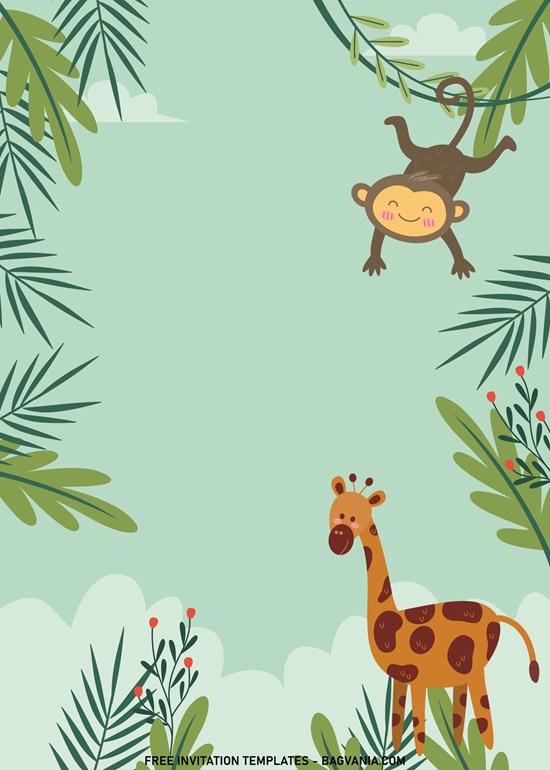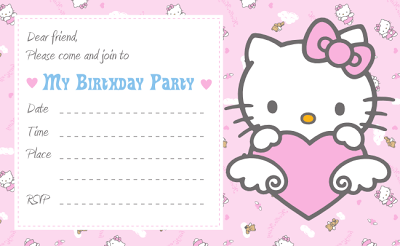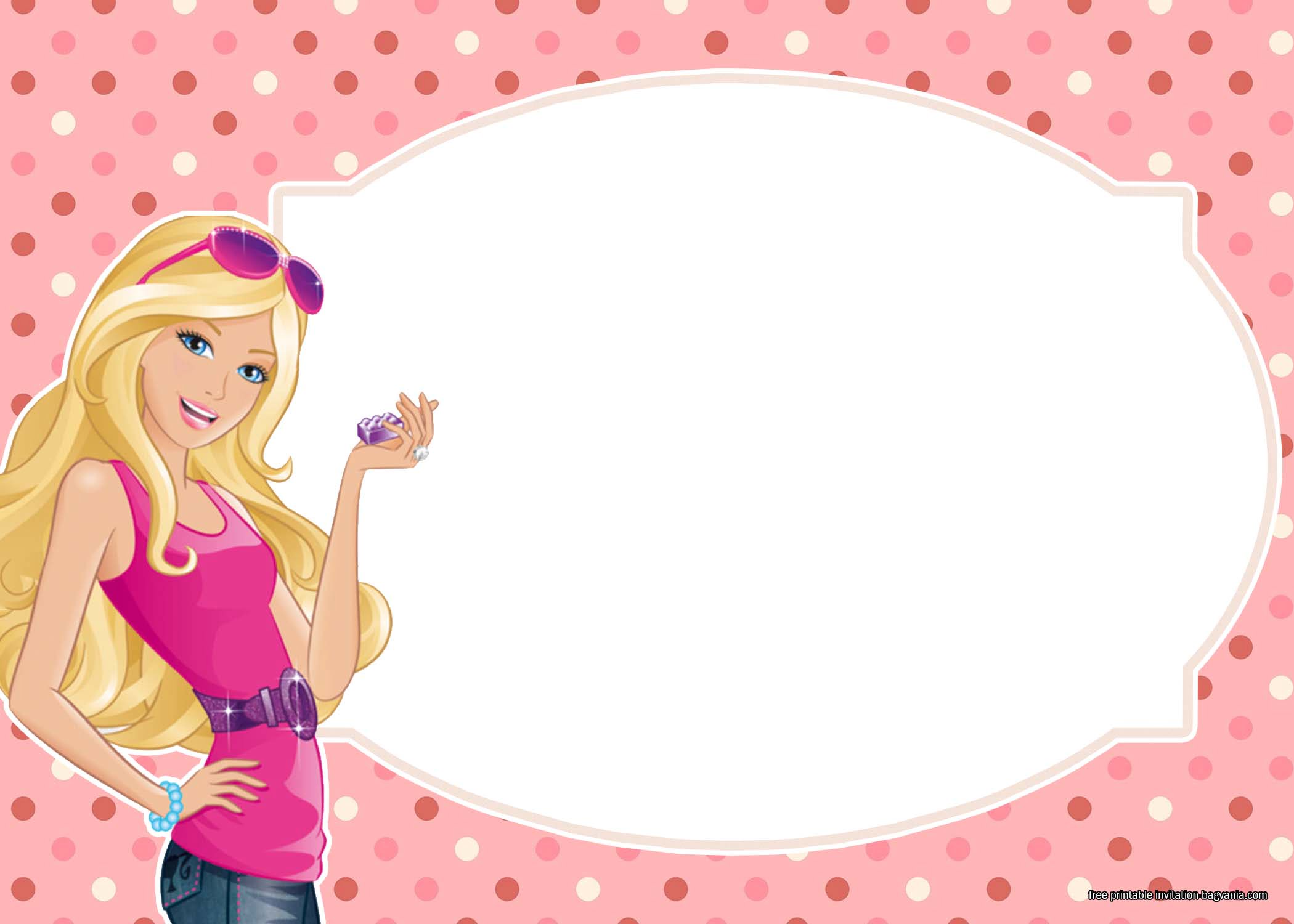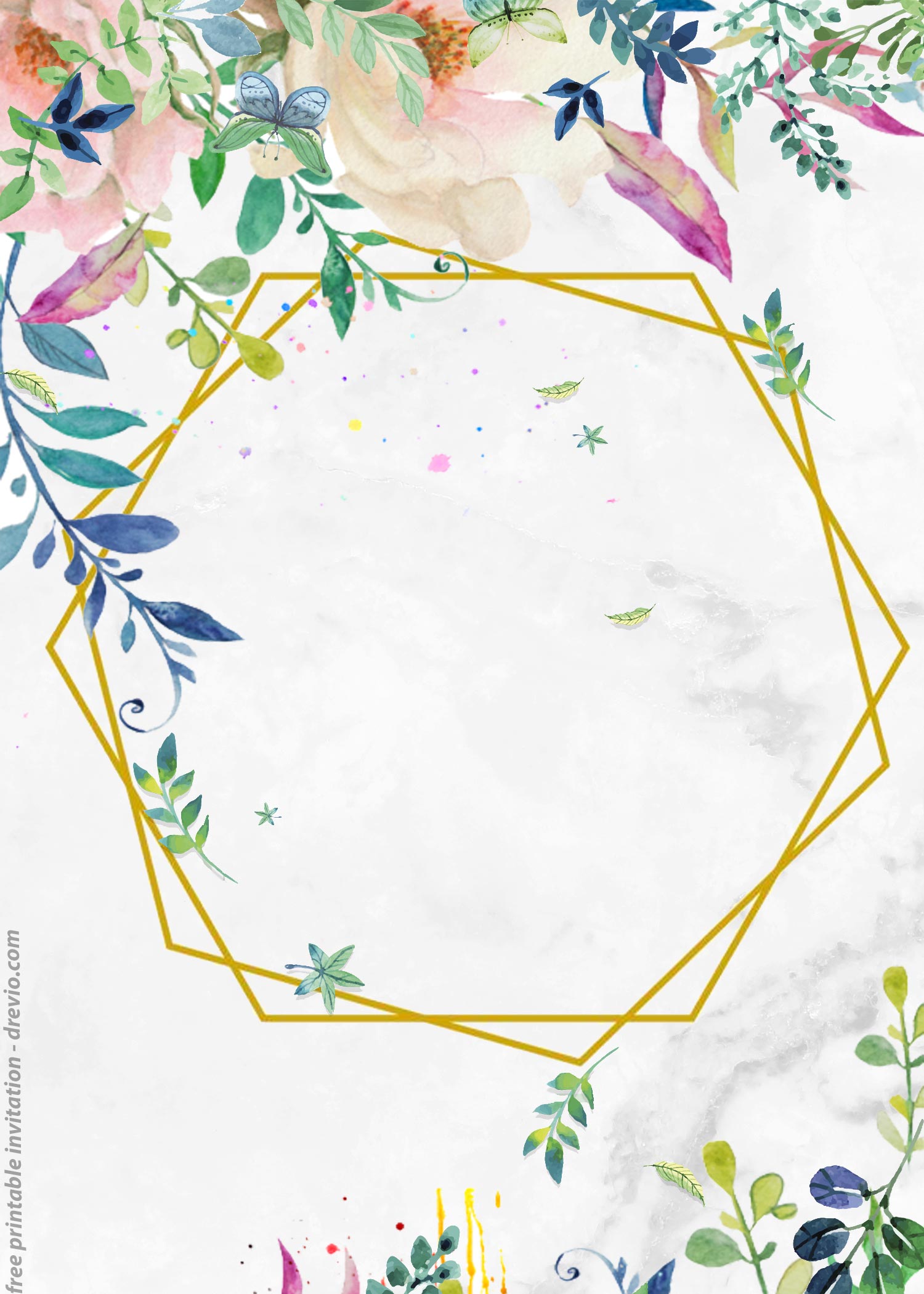Spot the difference activity worksheets are a delightful and engaging way to challenge young minds while fostering essential developmental skills. These activities sharpen children’s observation and concentration as they search for subtle variations between two images. Beyond visual acuity, they encourage patience, attention to detail, and problem-solving—all crucial for cognitive development in early childhood and beyond. The sense of achievement kids feel after spotting every difference also boosts their confidence and motivates them to tackle new challenges.
One of the best features of spot the difference activities is their adaptability for different age groups. For younger children, simpler worksheets with a few noticeable differences can help build focus without being overwhelming. Older kids, on the other hand, can enjoy more intricate designs with complex variations, making the task more challenging and rewarding. These activities also make for an excellent group activity, as kids can work together to find differences, fostering teamwork and communication skills in a fun and interactive way.
In this article, we will talk about the amazing benefits of this activity, how to tailor it for different age groups and how to invite other parents with young children to join in on the fun. There will be links to wonderful sites on the internet that provide the necessary resources to get started, as well as some invitation templates with cute and fun designs!

Benefits of Spot the Difference Activity
Improves Observation Skills
Spot the difference activities train children to pay close attention to details. By comparing two seemingly identical images, they learn to identify subtle variations in colors, shapes, or patterns. This skill translates into real-world applications, such as recognizing visual cues, interpreting information accurately, and enhancing their ability to notice changes in their environment.
Develops Patience and Focus
These activities encourage children to slow down and concentrate, helping them develop patience and perseverance. Searching for differences can be time-consuming, but the process teaches kids to stay committed to a task. This focused mindset is a valuable skill that supports academic performance and problem-solving in everyday life.
Enhances Problem-Solving Skills
Spotting differences involves a process of elimination and analytical thinking, which helps sharpen problem-solving skills. Kids learn to approach tasks methodically, analyzing each part of the images to find discrepancies. This structured thinking is useful for tackling challenges in school subjects like math, science, and reading comprehension.
Boosts Visual Perception
Visual perception—the ability to interpret and organize visual information—is crucial for tasks such as reading and writing. Spot the difference worksheets enhance this skill by helping children recognize spatial relationships, shapes, and patterns. Improved visual perception supports fine motor coordination and prepares kids for academic success.
Encourages Teamwork and Social Interaction
When done in groups, spot the difference activities promote collaboration and teamwork. Kids can share ideas, divide tasks, and celebrate their successes together. This cooperative approach not only strengthens social bonds but also teaches valuable communication and conflict-resolution skills in a playful setting.
Builds Confidence and Achievement
Completing a spot the difference worksheet gives children a sense of accomplishment, boosting their self-esteem. Each difference they find reinforces their abilities, encouraging them to take on new challenges with confidence. This sense of achievement helps build a positive attitude toward learning and self-improvement.
Tailoring to Different Age Groups
Spot the difference activities are ideal for children aged 3 to 12, with adjustments to suit their developmental stages. For preschoolers aged 3 to 5, these activities help build foundational skills like observation, focus, and visual perception. For children aged 6 to 9, they serve as a fun way to enhance problem-solving abilities and critical thinking. Older kids, aged 10 to 12, can benefit from more intricate and challenging worksheets that require advanced analytical skills, making them a great mental exercise.
For younger children, keep the activity simple by using worksheets with large, colorful images and a limited number of differences (around 3 to 5). These differences should be fairly obvious, like a missing object or a changed color. For school-aged children, increase the complexity by including more subtle differences, such as variations in patterns, small objects, or slight changes in shapes.
For older children, give them black-and-white images or themes requiring close scrutiny and advanced reasoning, such as intricate illustrations with 10 or more differences. Additionally, incorporating themes they love—like animals, superheroes, or favorite hobbies—makes the activity more engaging for every age group.
Spot the Difference Activity Worksheets
Starting with spot the difference activities is simple and rewarding! Begin by choosing worksheets that are appropriate for your child’s age and skill level. You can find printable worksheets online, purchase activity books, or create your own by modifying images. Decide whether you want to use the activity for individual play or as a group exercise, which might require multiple copies of the same worksheet. Gather basic supplies like pencils, crayons, or markers to help children circle or mark the differences they find.
Worksheets for Younger Children
For younger children, you may want to start with these worksheets by Kids Puzzles and Games are such great examples. They’re colorful, which is important to get little kids interested, simple and fun. The worksheets also only require them to find 5 differences that are not that hard to spot, from differences in patterns, colors to missing objects. Head to their website to download the free worksheets, there are so many different variations and themes!


Worksheets for Older Children
For older children, you can get them worksheets that are more complex. Choose worksheets with more detailed pictures, black-and-white and worksheets that require them to find more differences (10 or more). This colored worksheet is from Roys-Boys, with its beach theme, it is definitely a fun and engaging one!

If you want to use black-and-white worksheets, head to 15 Worksheets. They have many different worksheets that are suitable for younger or older kids. The plus point for using black-and-white worksheet is the chance to color them afterwards! Children always enjoy the chance to have a splash of creativity. You can also head to Top Coloring Pages for some fun spot the difference activity worksheet like the one below!


Making It a Group Activity
Spot the difference activities are excellent for group settings as they promote collaboration and healthy competition. Working together to find differences encourages teamwork, communication, and problem-solving among participants. Kids can brainstorm, divide tasks, and celebrate shared successes, making the activity not only educational but also a fun bonding experience. The group dynamic also adds an element of excitement, especially when friendly competitions or timed challenges are introduced.
How to Invite Others to Join
To invite others, start by organizing a small gathering, such as a playdate, family game night, or classroom activity. Share the idea with parents or teachers, highlighting the educational and fun aspects of the activity. You can send out playful invitations or share the plan through group chats, emphasizing that it’s a low-preparation and engaging event. Prepare a variety of worksheets and mention that all skill levels are welcome. To add excitement, offer small prizes or create a leaderboard for competitive rounds. For younger kids, ensure parents know they can join in to guide and cheer their little ones along!
You can also check out our invitation templates, whether to send them as private invitation or social media post. With its fun design, your guests will be excited to come. Head here to view them: 11+ Cute Safari Baby Animals Birthday Invitation Templates For Your Little Explorer. All you have to do is download the template and edit in the details to your party or playdate!































